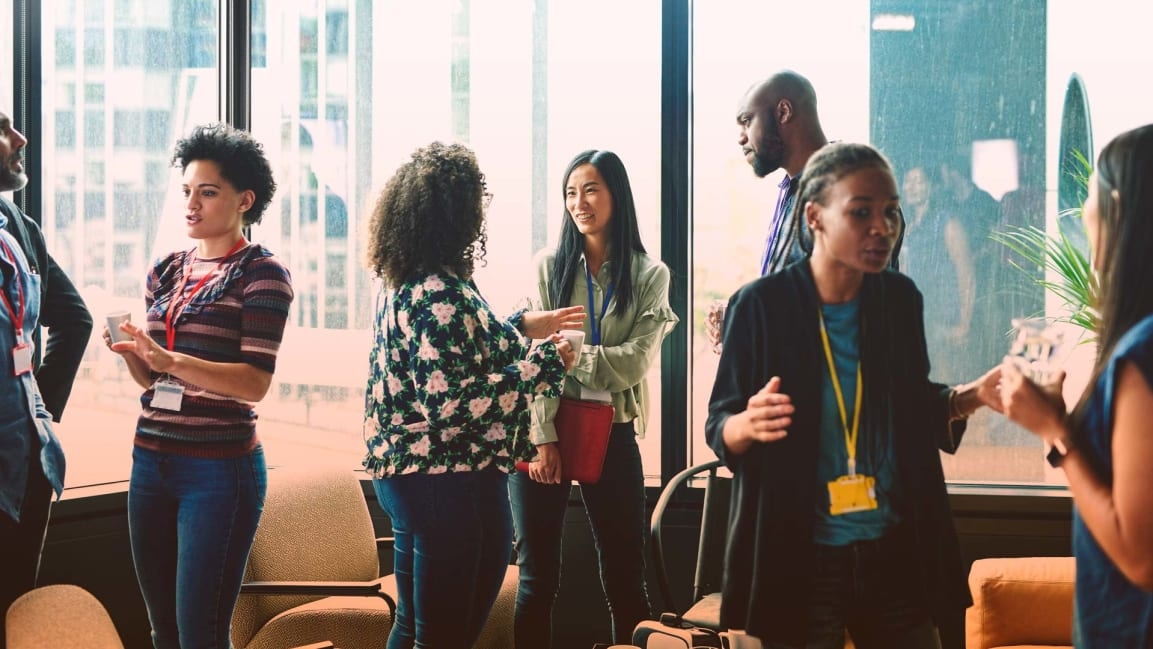By Tarun Galagali and Rem Koning

When people of color burn out in the workplace, they often focus on the immediate factors: a challenging relationship with a manager; unpredictable hours that complicate work-life balance; and perhaps, if they’re feeling safe in sharing, the biases and aggression that are all too pervasive in American worklife. There is no doubt being the only black trader on the floor the week after George Floyd’s murder had real mental health effects. Indeed, the CDC reported a rise in anxiety and depression for Black Americans immediately after the horrific video surfaced.
In response to this and other mental health crises, a number of digital health startups have entered the fray promising to address mental wellbeing for employees from all backgrounds. Indeed, with fast increasing demand from employees, employers and investors are putting more funds and resources toward mental health initiatives and startups. Firms like Cerebral, Lyra, Ginger, and Talkspace help employees connect with providers. While these services can be helpful, they tend to overlook the roots of why people of color suffer from more workplace anxiety and depression: isolation and the feeling of burnout from being the only person of color in the room. These differences are magnified by the fact that while the U.S. population has become more diverse, U.S. workplaces have become more segregated. When high-growth and high-wage firms do hire people of color, these workers are few and far between.
As firms seek to hire more people of color, how can they make sure that new hires don’t end up burnt out, and looking for the exit? Black executives report that feelings of isolation drive their burnout. In response, large firms have started affinity-based, employee resource groups. For example, Black Googler Network provides everything from professional development and mentorship programs to holding dialogues on topics affecting the Black community. And the Hispanics of the Linkedin Alliance host a quarterly meeting with the CEO of LinkedIn to raise awareness over issues affecting them.
However, most companies just don’t have the numbers to build out such affinity groups, either because the firm is a small business or because of an internal lack of diversity. Indeed, firms that are now committed to building a more diverse workforce face a dilemma. When people of color join they might be the only person at their company from their background, which can lead to those feelings of isolation and burnout discussed above. Research shows that when firms fail to hire enough workers of color to build community they end up especially likely to quit the firm.
Fostering community
Fortunately, a new model of addressing feelings of isolation and burnout has emerged in recent years, focused not on the needs of employees within one particular firm, but on addressing the feelings of isolation from employees of color across firms. Consider, for example, the Gentlemen’s Factory, a coworking space in Brooklyn that offers men of color an environment to develop as professionals, and find solidarity. They write on their website, “Gentleman’s Factory is designed to deliver one simple message: you’re not in this alone.”
And then, there’s Chief, a networking community for senior executive women. Key to their model is an investment in “core groups,” wherein a small group of female executives get together to bond to discuss personal, leadership, and other challenges. Beyond promoting career success, Chief’s community focus is designed to reduce burnout and the exit of female executives.
Finally, one of the authors of this piece, Tarun Galagali, is building out a platform for BIPOC workers (Mandala). Mandala helps employers create intentional communities for their people through their flagship service, Circles, whereby an external facilitator will bring a group of BIPOC workers together to talk about topics ranging from their identity to their inner critic. In the process, they create a space of belonging and well-being—taking the pressure off of employee resource groups. Down the line, Mandala will involve companies connecting their underrepresented talent so that there are spaces between companies just as much as there is within a company.
These examples and an increasing number of startups focused on the interaction of mental health, burnout, and inclusion can begin tackling employee burnout, especially for people of color. But it requires companies to focus on building community just as much as they focus on improving individual mental health needs. It’s just not because there’s a moral imperative here. The financial costs of race-related attrition ($34 billion), absenteeism ($54 billion) and productivity loss ($59 billion) are only beginning to be tabulated. So, next time leaders reflect on burnout for people of color, they should explore investing in their sense of belonging—both within the company, and by connecting employees to the working world at large.
Tarun Galagali is a second year MBA student at Harvard Business School, and founder of Mandala, a belonging and wellbeing platform for BIPOC employees. Rem Koning is an assistant professor of business administration in the Strategy Unit at Harvard Business School. They are hosting a virtual Belonging summit on April 18 (free, virtual and open to all). RSVP here.
Fast Company , Read Full Story
(54)
Report Post




